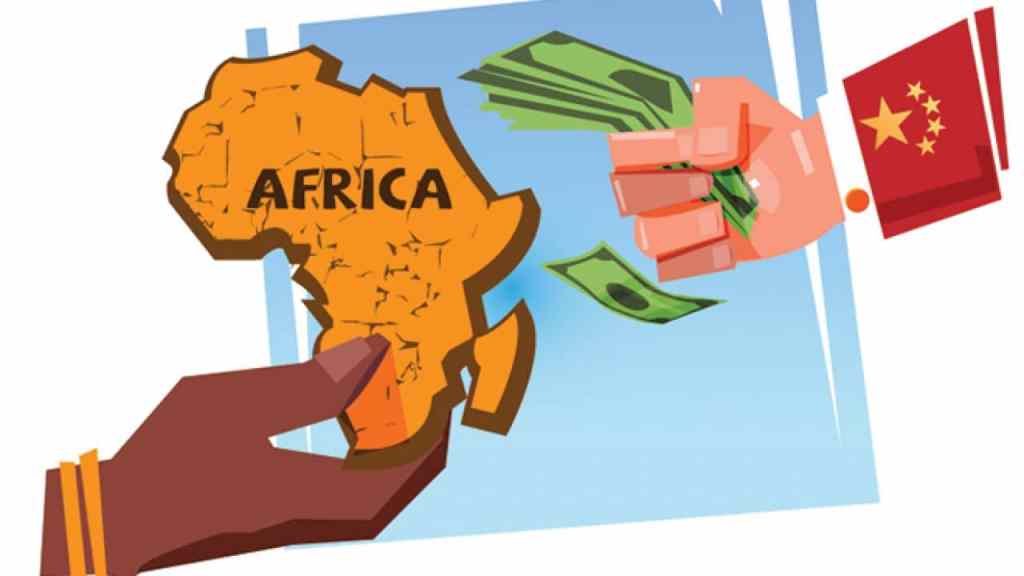
A 2021 Update On What We Know About Chinese Lending to African Countries
SOURCE: China Africa Project Website

There’s ample evidence of a sharp decline in Chinese lending to developing countries, specifically in Africa. But that doesn’t mean that China is out of the development financing game altogether.
Zainab Usman, director of the Africa Program at Carnegie Endowment for International Peace in Washington, D.C. examined two recent data sets, one from the China-Africa Research Initiative at Johns Hopkins University and the other from AidData/Kiel Institute/Center for Global Development to identify current trends in Chinese lending patterns in Africa.
Zainab Usman’s Five Take-Aways on Chinese Lending in Africa:
- CHINA’S LENDING PORTFOLIO IS LARGE BUT DECLINING: China provides the largest volume of bilateral loans to African countries, but the nature of these loans is changing… By 2019, though, new Chinese loan commitments amounted to only $7 billion to the continent, down 30 percent from $9.9 billion in 2018 (see figure 1 above).
- CHINESE CREDITORS ARE INCREASINGLY COMMERCIALLY ORIENTED: [There were]only three Chinese lenders in the year 2000… But by 2019, there were over thirty creditors—most of which provided loans at commercial or non-concessional rates.
- THE CONTROVERSIAL RESOURCE-BACKED LENDING MODEL PERSISTS: The resource-backed lending model for financing infrastructure projects—in which the borrowing country commits future revenues to be earned from its natural resource exports to pay loans from Chinese creditors—still exists in countries like the Democratic Republic of Congo (DRC), Ghana, and Guinea.
- LENDING IS MOSTLY TO INFRASTRUCTURE AND OTHER ECONOMIC SECTORS: A sectoral decomposition of Chinese loans shows that more than 65 percent of lending goes to infrastructure sectors, in both the SAIS-CARI and Aid Data databases.
- SOPHISTICATED CONTRACT TERMS ARE NEEDED TO MANAGE HIGH-RISK BORROWERS: Although these sophisticated contract terms guarantee repayment for Chinese lenders and allow otherwise high-risk countries access to needed finance, they can cause problems. Mainly, confidentiality clauses prevent citizens in both China and borrowing countries from having information about these loans and holding their governments to account.
Visit ChinaAfricaProject.com for full article.
Feature Image credit: africansonchina.com